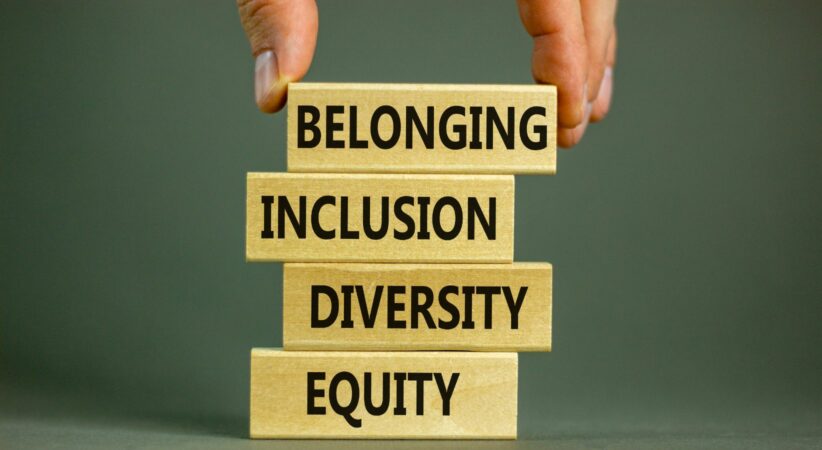
Literacy and Belonging
Diversity, equity and inclusion (DEI) help to foster a sense of belonging in literacy learning. DEI is necessary because it promotes equal opportunities for everyone to access and benefit from literacy education. In Canada’s diverse society, people are from different cultural, linguistic, economic and social backgrounds. Therefore, it is essential to create an inclusive learning environment that acknowledges and values these differences. Here are some ways to promote diversity, equity and inclusion in your literacy practice.
Anti-Racist and Anti-Bias Teaching
Canadian literacy learners are a diverse group, but the literature they use to study often is not.
“To do the work of developing equitable literacy classrooms, we must commit to a process of reflection, analysis, and growth that considers students and educators as individuals with layered identities and perspectives.” – Achieve The Core
One way to practice anti-racist and anti-biased teaching is to consider the texts you use and whether they are inclusive, equitable and culturally relevant. Achieve The Core offers a text analysis toolkit for evaluating the texts you are considering for the literacy classroom. First, it suggests getting to know yourself and your students. Reflect about your own identity and those of your students. This reflection is not a one-time act, rather it is a continual practice. Next, they suggest doing a first read of a text to determine whether it’s usable for the classroom and to begin thinking about complexity and relevance. Then, they offer a tool for expanded qualitative analysis. This examines the text more deeply to prepare for instruction. They also offer a mini text analysis toolkit which uses the above steps in a condensed way. The website offers much more material to consider and support for conducting an analysis.
Plain Language
Writing in plain language serves everyone. It makes it easier for readers to find what they need, simpler to understand what they read and easier for them to use what they learn.
“If knowledge is indeed power, we have a responsibility to provide as much of it as possible to others by communicating it plainly.” – Michelle Martin
Plain language should be used alongside inclusive language, which includes:
- Gender-neutral language
- Person-first language
- Proper acknowledgment of people and cultures
- Respectful language
- History-conscious language
- Non-stereotypical language
- Diverse and accurate representation
To learn more about plain and inclusive language, read this blog post and review the resources below.
Pronouns
Another way to practice diversity, equity and inclusion is by using the correct pronouns. This is also part of practicing inclusive language.
“Nothing may be more personal than the words people use to refer to us through our names and pronouns.” – Gemma Martin, Louis Choporis, and Bali White
Using someone’s correct pronouns is a sign of respect. When they have not communicated what they prefer, you may politely ask or use gender-neutral pronouns such as they. Read more about using pronouns in this blog post.
DEI is important in the literacy field as it promotes access to education, increases engagement and motivation, challenges stereotypes and prepares learners for the future of navigating the complexities of a diverse society. It is essential to create inclusive learning environments that value diversity and promote equity in literacy education. This will help all learners feel like they belong. For more on DEI in literacy, check out the resources below.
Resources
- Diversity, Equity, and Inclusion – “Belonging” in Literacy Education
- Plain language : making it clear
- ProLiteracy Plain Language Guide
- The Quick Guide to Inclusive Language
- Resources for Anti-racist and Anti-bias Teaching
- Supporting Equitable Literacy Instruction through Text Selection, Analysis, and Use
- What are Gender Pronouns? Why Do They Matter?
Related Blog Posts
Implicit Bias
Everyone possesses implicit bias. The impact at school, at work, and in the community can be significant. What is it? “The attitudes or stereotypes that affect our understanding, actions, and …
2019 BC Child Poverty Report Card
Last week, the 2019 BC Child Poverty Report Card: Summary Report was released. It provides a snapshot of child and family poverty in the province. Despite a federal, all-party resolution …
Learning Disabilities Awareness Month 2021
October is Learning Disabilities Awareness Month! Learn how you can participate.
